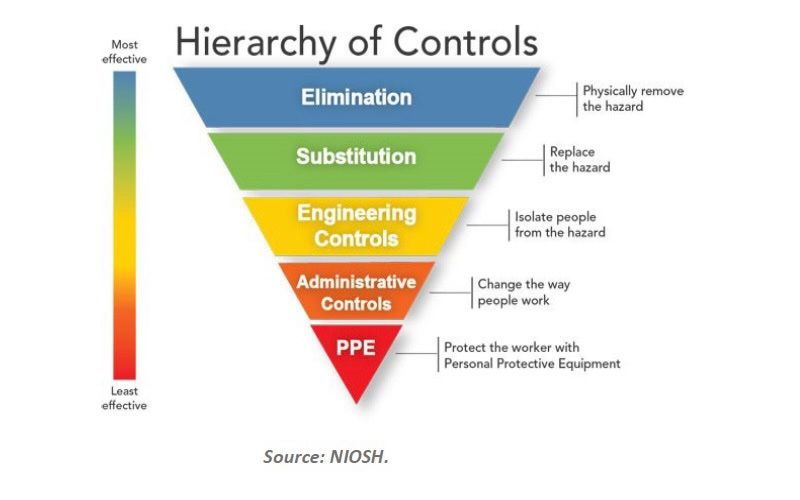"We have passed a major milestone with the Committee vote approving the ISA100.11a draft standard," said ISA100 co-chair Pat Schweitzer of ExxonMobil.
The ISA100 Standards Committee on Wireless Systems for Automation has voted to approve a major new industry standard, ISA100.11a, "Wireless Systems for Industrial Automation: Process Control and Related Applications." The approval, by 81% of the voting members of the committee including 23 of the 24 end user members, follows two rounds of balloting and refinements to the document to reflect the excellent suggestions received from many interested parties.
"We have passed a major milestone with the Committee vote approving the ISA100.11a draft standard," said ISA100 co-chair Pat Schweitzer of ExxonMobil. "Once the remaining steps in the process are complete, end users around the world will have an accredited ANSI/ISA wireless standard which has been developed in an open forum that is the hallmark of ISA standards development."
Comments received in the latest voting will be reviewed for applicability by Schweitzer and co-chair Wayne Manges of Oak Ridge National Laboratory. Other steps remaining in ISA’s consensus-based standards development process include approval by the ISA Standards and Practices Board and ratification by the American National Standards Institute, of which ISA is an accredited member. The co-chairs are hopeful the standard will be published by ISA in August.
With more than 600 members from around the world, ISA100 brings together wireless experts representing diverse industrial and technical interests in an open forum. The committee was established by ISA to address wireless manufacturing and control systems in areas including:
• The environment in which the wireless technology is deployed;
• Technology and life cycle for wireless equipment and systems;
• The application of wireless technology.
The Committee’s focus is to improve the confidence in, integrity of, and availability of components and systems used for manufacturing or control, and to provide criteria for procuring and implementing wireless technology in the control system environment.
"I thank the leaders and members of the ISA100 working group that led the development of the standard, the editors who worked tirelessly to respond to reviewer comments throughout the process, and the entire committee membership for its contributions," said Manges.



